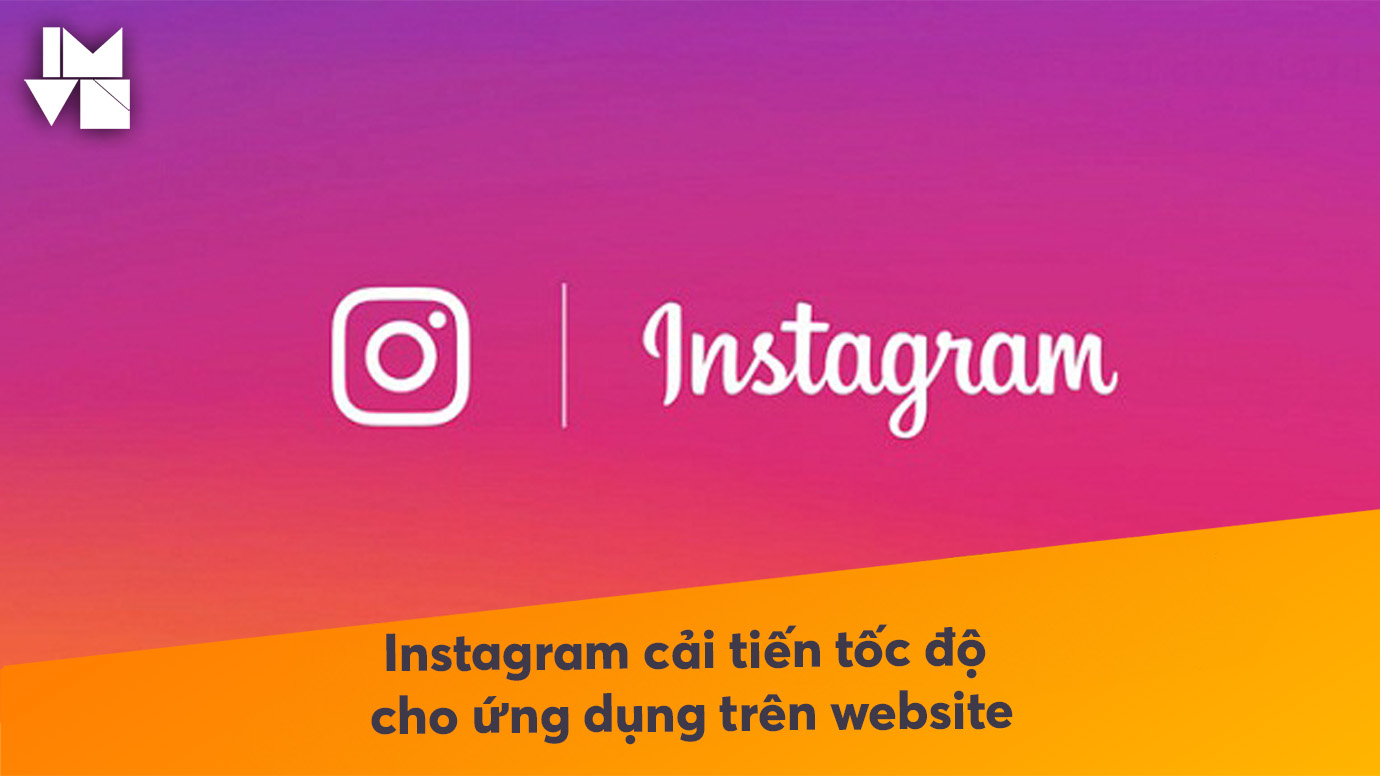On August 5, 2020, Instagram launched Reels, a social platform with many features similar to TikTok. This has led to comparisons between the two platforms and speculation about whether Reels could become a TikTok replacement. Let’s analyze 7 key differences between TikTok and Reels:
1. Video Length
TikTok allows users to create videos up to 60 seconds long, while Reels limits videos to 30 seconds. This means brands need to be concise and deliver clear messages within the shorter timeframe on Reels.
For example, the US beauty brand @cocokind creates content that gets straight to the point about skincare to maximize the time allowed on Reels.
2. Music Options for Business Accounts
Another major difference lies in music features. Currently, many businesses on Reels cannot access Instagram’s music library. If a brand has a business account and wants to share a story with music, they have to create an audio or video file and edit it through a separate app.
Instagram hasn’t announced when business accounts will gain access to the music library. This gives TikTok a significant advantage, as its extensive music library is a key factor in attracting users and driving trends.
Reels allows the use of other people’s audio, but it’s not as widespread as on TikTok. When you save a TikTok video, it includes the music and watermark, regardless of who created it. On Reels, you can only save your own videos without music or watermarks. This limitation on Reels might be due to copyright policies.
3. Video Editing Tools and Features
Reels and TikTok have similar editing interfaces, but Reels offers fewer features.
For instance, TikTok has a wide variety of filters, effects, templates, and filters. Reels has limited video effects, with users only able to choose from a pre-made library before recording.
TikTok also has unique tools like voice effects and dubbing. While Instagram users can record voiceovers on Reels, they can’t add special effects to the audio.
Another notable difference is TikTok’s Duet, Reaction, and Stitch features, which encourage user interaction and expand reach. Reels hasn’t developed these features, limiting users to recording individual clips or uploading content from their library.
4. Algorithm
TikTok’s algorithm remains somewhat mysterious. The “For You” page (FYP) is personalized based on user preferences: “The system recommends content by ranking videos based on a combination of factors, starting from interests you express as a new user and adjusting for things you indicate you’re not interested in.”
Reels’ “Explore” tab is a collection of various content, and it’s unclear whether it’s based on location, interests, followed accounts, or interacted content. According to Instagram: “If your Reel is featured in the Explore tab, you’ll receive a notification. Featured Reels are a selection of public Reels chosen by Instagram to help you discover original content we hope will entertain and inspire you.”
Like TikTok, consistent posting on Reels is crucial, as it increases the likelihood of appearing on the “Explore” tab.
5. Paid Advertising and E-commerce
TikTok offers in-feed ads, brand takeovers, top view ads, branded hashtag challenges, and branded effects.
Reels doesn’t currently support any form of advertising. Brands can collaborate with creators and influencers to generate engaging content.
Instagram recently introduced Branded Content tags for Reels to increase transparency and facilitate the creation and sharing of branded content.
While Instagram is moving into the e-commerce space, TikTok isn’t far behind. TikTok recently partnered with Shopify to help over 1 million Shopify sellers reach TikTok’s younger audience and drive sales. Sellers can connect their TikTok business account with their Shopify account and sell products through shoppable video ads. Everything is managed through the Shopify dashboard, including ad creation, targeting, optimization, and tracking.
6. Demographics and Content
While both platforms offer similar content types, TikTok’s demographics skew younger than Reels’.
TikTok embraces a more “anti-aesthetic” approach, while Reels tends towards curated and aesthetically pleasing content favored by brands, businesses, and influencers.
If you want to join viral trends and reach a younger Gen Z audience, TikTok is the better platform. If you’re looking to reach millennials and share aesthetically pleasing videos, Reels is a good option.
7. Content Analytics
TikTok Pro accounts provide access to comprehensive analytics, allowing users to analyze content performance and audience insights. You can see when your videos are trending and where traffic originates. TikTok also shows the “Sounds” your followers have listened to, helping you choose future audio.
Reels currently offers limited insights, showing only views, likes, and comments.
Conclusion
These are 7 key differences between Instagram Reels and TikTok. The choice of platform depends on your target audience, brand, and marketing goals. If you want to reach Gen Z, TikTok might be the right fit. If you’re looking to leverage your Instagram marketing strategy and grow your following, Reels is a good place to start.
If you’re still unsure, try both! Share the same video on each platform simultaneously and see what happens.





